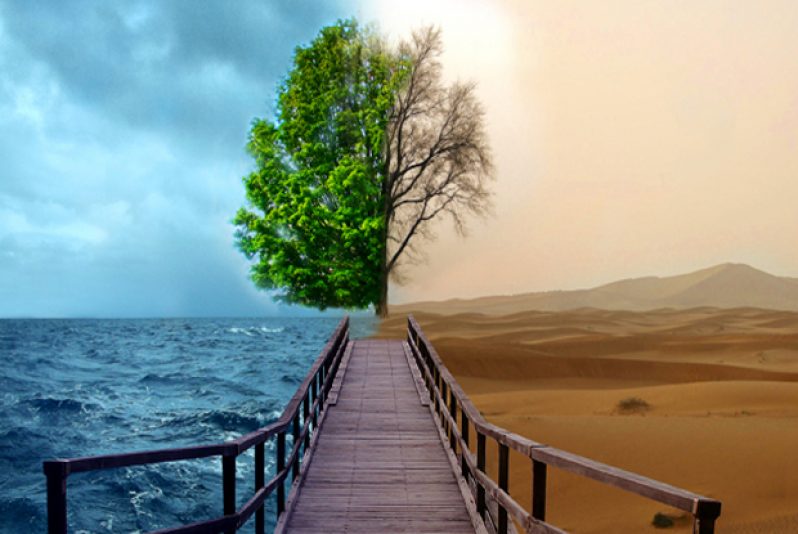FLOWER gardens add aesthetic appeal to any property and range from simple to elaborate.
Vegetable gardens, which can be very attractive in their own right, are regaining popularity with increasing food prices.
But all gardens, whether they are flower or vegetable, benefit from the use of mulch.
Using mulch is a good gardening habit. The process is used both in commercial crop production and in gardening, and when applied correctly can dramatically improve soil productivity
It is not mandatory but the benefits, it is generally agreed, make it worth the effort.
Mulch is a layer of material applied to the surface of an area of soil.
Its purpose is any or all of the following:
• to conserve soil moisture protecting your plants from drying out quickly
• to improve the fertility and health of the soil; depending on what you use, adding a bit of welcome nutrition to your garden as it breaks down
• to reduce/inhibit weed germination and growth
• to enhance the visual appeal of the area
Mulch is said to be the most important factor in preventing weed growth, since it deprives weeds of light.
Nearly any barrier that blocks light works as a mulch.
There are several mulch types available for a gardener.
They can, however, be broken down into two large groups namely: organic and inorganic.
ORGANIC
Organic, or natural mulches, include such things as hardwood chips, wood bark, grass clippings, decaying leaves and crushed leaves.
INORGANIC
Inorganic, or synthetic mulches, include pebbles, crushed rock, plastic or rubber mats or chips.
Organic mulch is economical since it costs less than synthetic mulch .
Organic mulches, in particular, can also actually host crickets and carabid beetles, which seek out and devour thousands of weed seeds
The only drawback is that it has to be replaced more frequently due to deterioration.
Gravel, pebbles, or stones have a nice, neat, though not natural look; they are easy to apply; won’t wash away easily and will last a long time and don’t need to be replenished.
They however, provide no benefits to the soil.
You can also cover the soil’s surface with a light-blocking sheet of cardboard, newspaper, or bio-degradable fabric and then spreading prettier mulch over it.
Mulch in whatever the preferred type, may be applied to bare soil, or around existing plants.
The “right” or “best” mulch to use depends on the part of the yard you’re using it in. Experiment to find out what you and your plants prefer.
Mulches of manure or compost will be incorporated naturally into the soil by the activity of worms and other organisms.
It’s necessary to replenish the organic mulch as needed to keep it about 2 inches deep (more than 3 inches deep can deprive soil of oxygen).
So don’t give weeds the chance to see the light. Whether you choose wood chips, bark nuggets or dried grass, mulch will help to keep garden plants free of un-needed competition from weeds.
By Clifford Stanley




.png)









